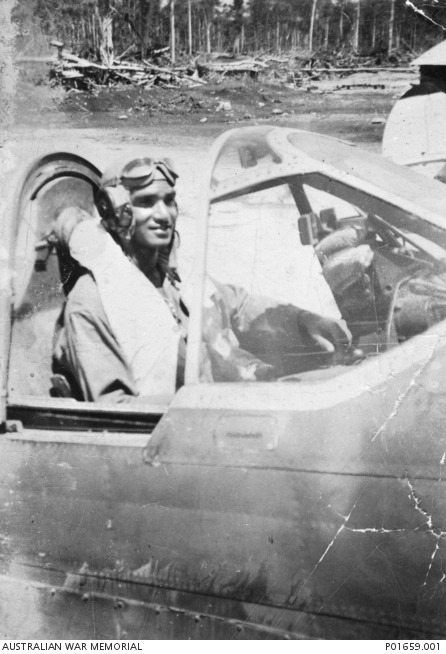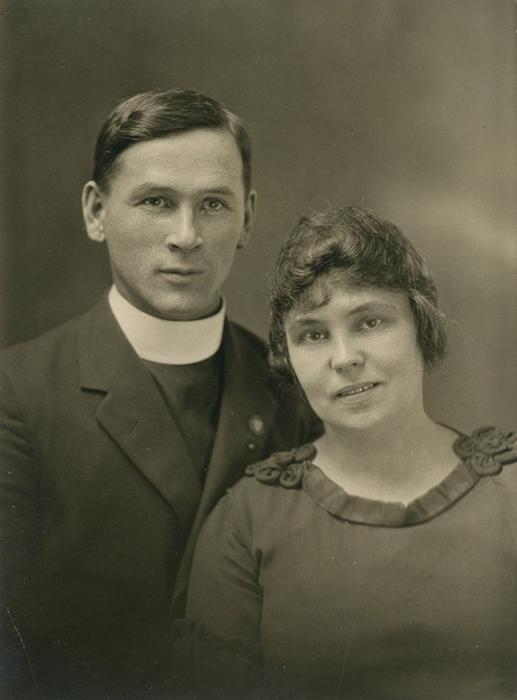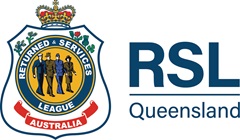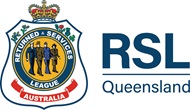
The remarkable lives of our indigenous veterans
27 May 2020- Veteran stories
- History & commemoration
Their contribution formed an important part of Australia's military history.
National Reconciliation Week - held from 27 May to 3 June - is a time to learn about and reflect upon Australia's shared history, cultures and achievements.
In a normal year, RSL Queensland hosts an annual Indigenous Veterans' Ceremony at the Shrine of Remembrance. Sadly that isn't possible this year due to COVID-19. Instead we will host a virtual commemoration on 30 May to honour a group of people whose service and sacrifice is often overlooked in the telling of Australia’s military history.
You can RSVP and sign up to lay your virtual wreath.
Here are the stories of some indigenous men and women whose remarkable lives and contribution form an important part of Australia’s military history.
WARRANT OFFICER LEONARD WATERS
Leonard (known as Len) was born in Euraba Aboriginal Mission in 1924. From a young age, he dreamt of becoming a pilot like his heroes Sir Charles Kingsford-Smith and Amy Johnson. Len left school just shy of 14 years old and became a shearer to help support his family.
Aged 18, he volunteered for the RAAF and trained as an aircraft mechanic. The following year he was accepted to train as a pilot. He studied hard and graduated in 1944, becoming the first Indigenous pilot and the only one to serve as a fighter pilot during WWII.
Len was posted in Dutch New Guinea where he was given a plane with the name Black Magic. During a mission, his plane was hit with a shell which did not explode.
Len continued to fly with the unexploded shell in his cockpit for two hours before landing successfully. By the end of the war, he was commanding missions and became known for his daring feats.
Len flew in 95 missions in the RAAF from 1944 to 1945. When he returned home, his service and experience was not recognised. He was unable to find work in the aviation industry and never flew again. He returned to his post-war life as a shearer.
In 2018, author Peter Rees wrote The Missing Man about Len’s life, acknowledging that he should have had a world of opportunity ahead of him at the war’s end, yet he became the missing man in Australia’s wartime flying history.

Photo courtesy of the Australian War Memorial.
MARION LEANE SMITH
Marion was the first and only known Indigenous Australian woman to serve in WWI. Born in Liverpool, NSW in 1891, Marion moved to Canada with her parents aged two.
The move allowed Marion to obtain her nurse’s training, which would not have been possible in Australia. After completing her training in the US, Marion joined the Victoria order of Nurses in Montreal in 1913.
Aged 26, Marion volunteered for the Queen Alexandra’s Imperial Nursing Service and was posted in France in March 1917.
In France, Marion cared for injured troops aboard the No. 41 ambulance train which transported sick and injured soldiers to hospital. The conditions on the train were harsh and close to the front lines.
Marion also served in Italy and England, where she worked until May 1919.
In 1919, Marion returned to Canada and married a former soldier, trained teacher and missionary called Victor. There is speculation that they met in Europe during the war years.
Shortly after, they moved to Trinidad, South America and became missionaries. In Trinidad they ran the local school where Victor was the headmaster for 30 years.
While in Trinidad, Marion wrote a first aid and home nursing textbook and was responsible for bringing the Red Cross to Trinidad during WWII, which she was a commended for and received a Distinguished War Medal.
Marion returned to Canada to retire and died four years later aged 66. Back in Australia, Marion’s uncle and four cousins served in WWI for the Australian Imperial Force where their efforts would not be recognised for many years.

Pioneering nurse Marion Leane Walls with her husband Rev Victor B Walls. Source: National Portrait Gallery
Related News
Loading

